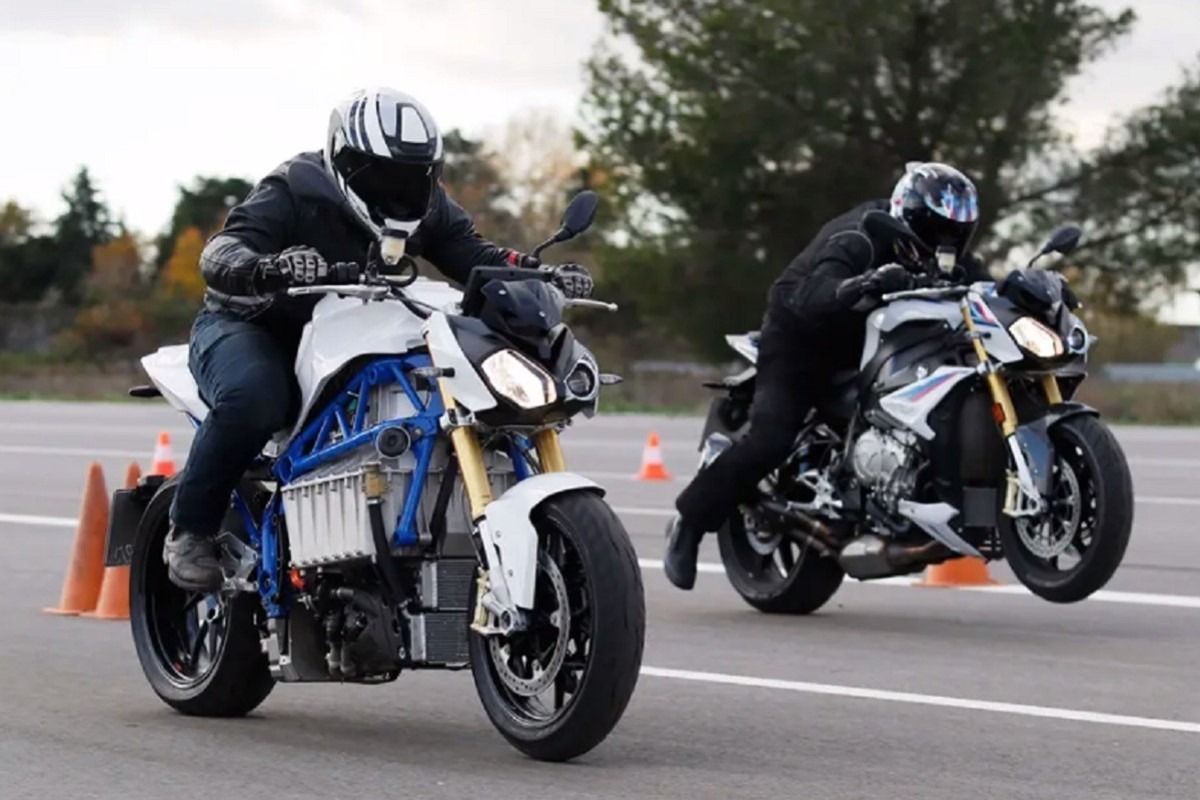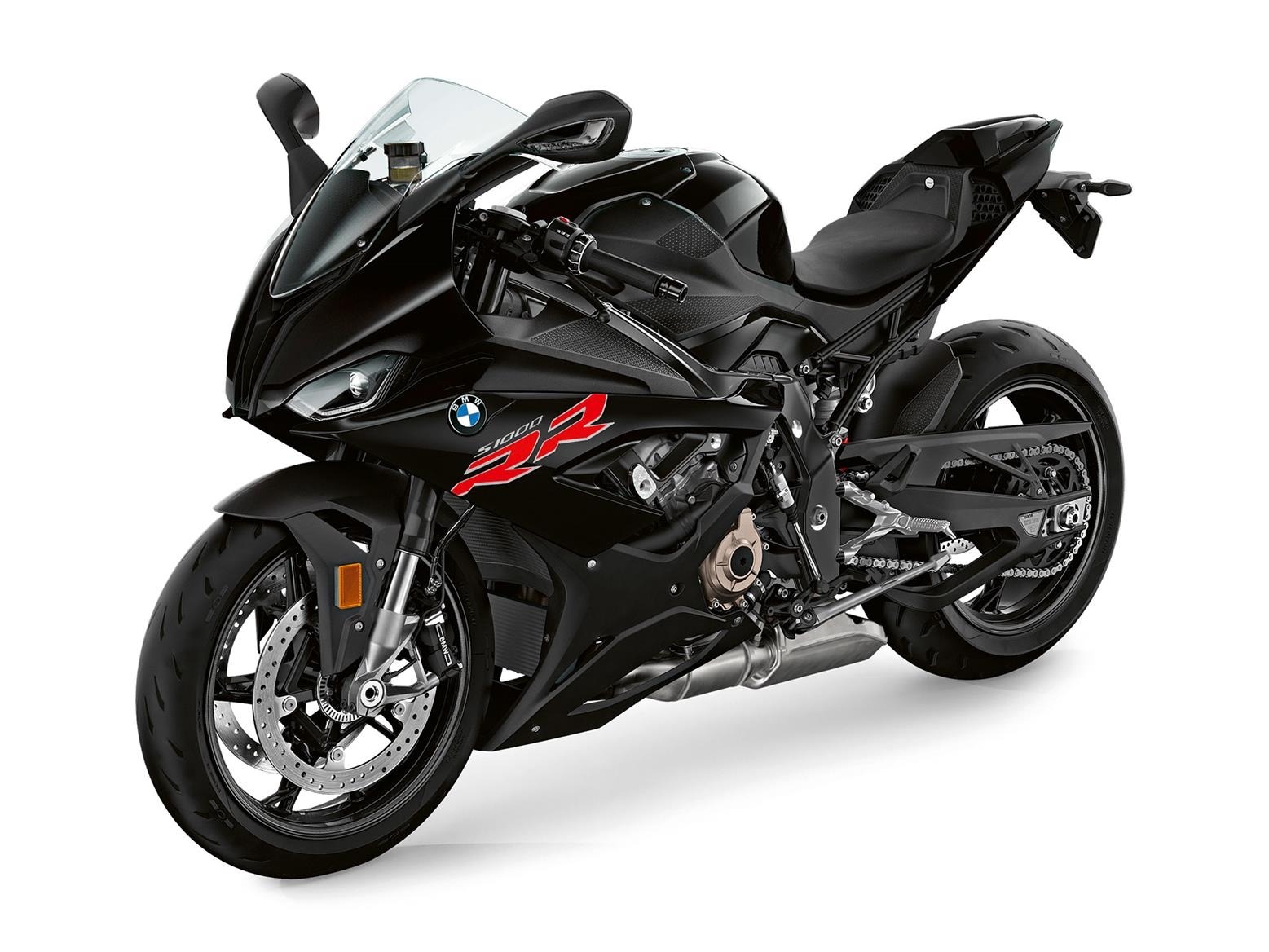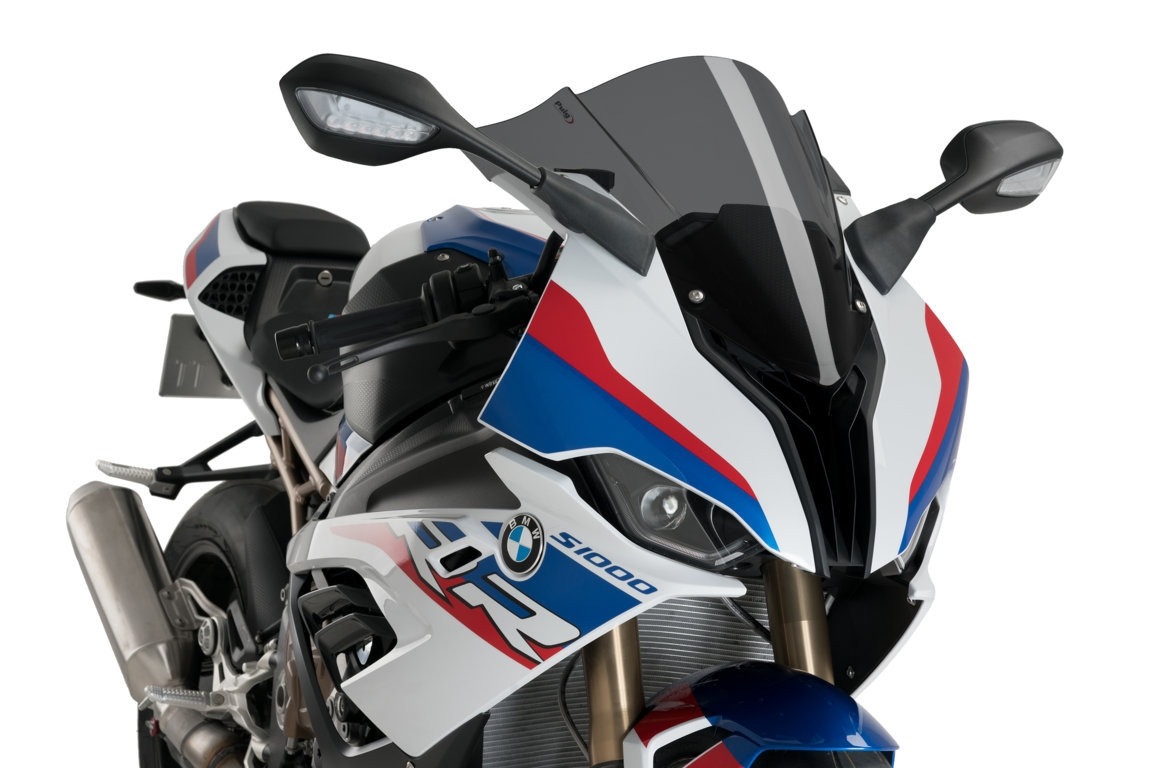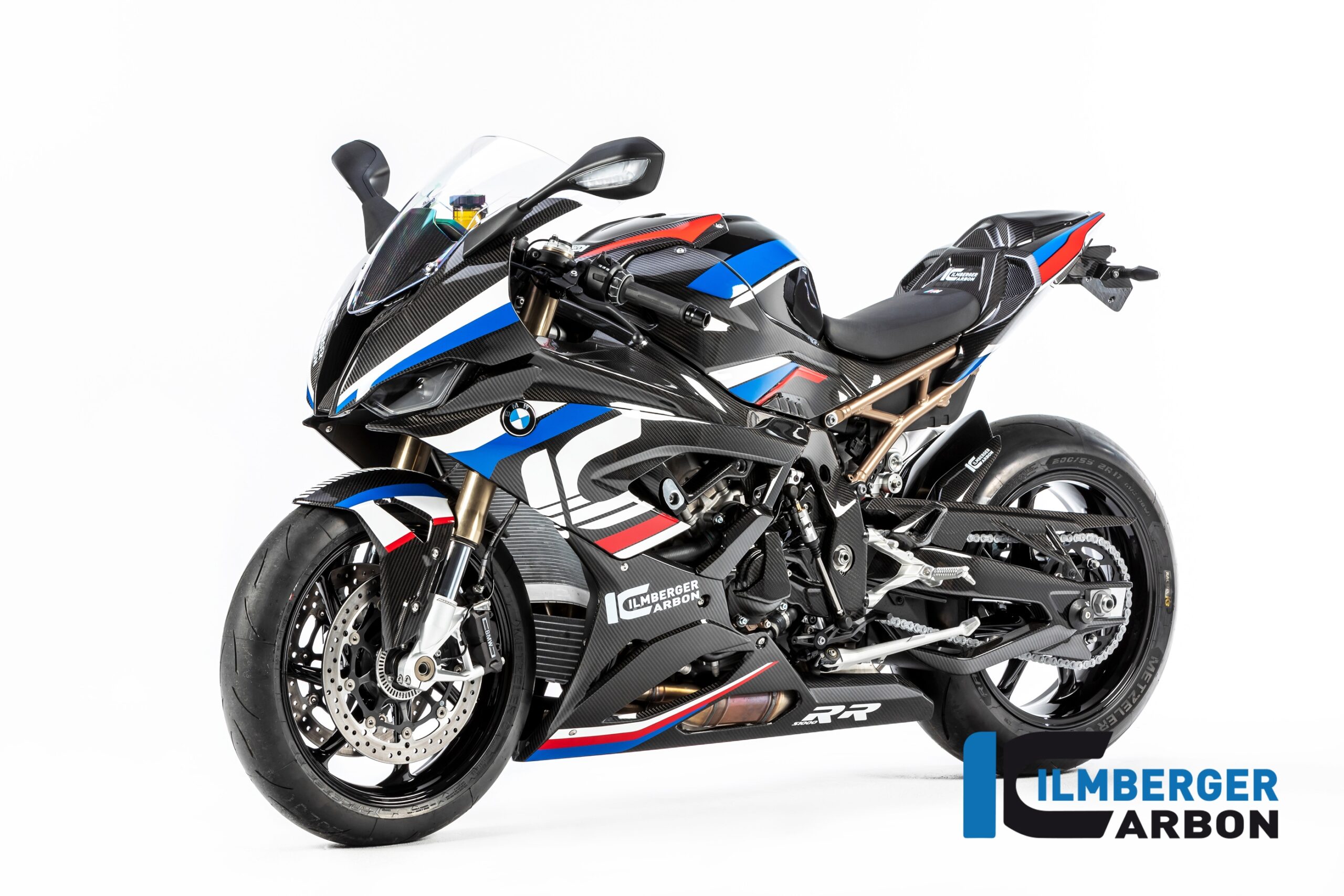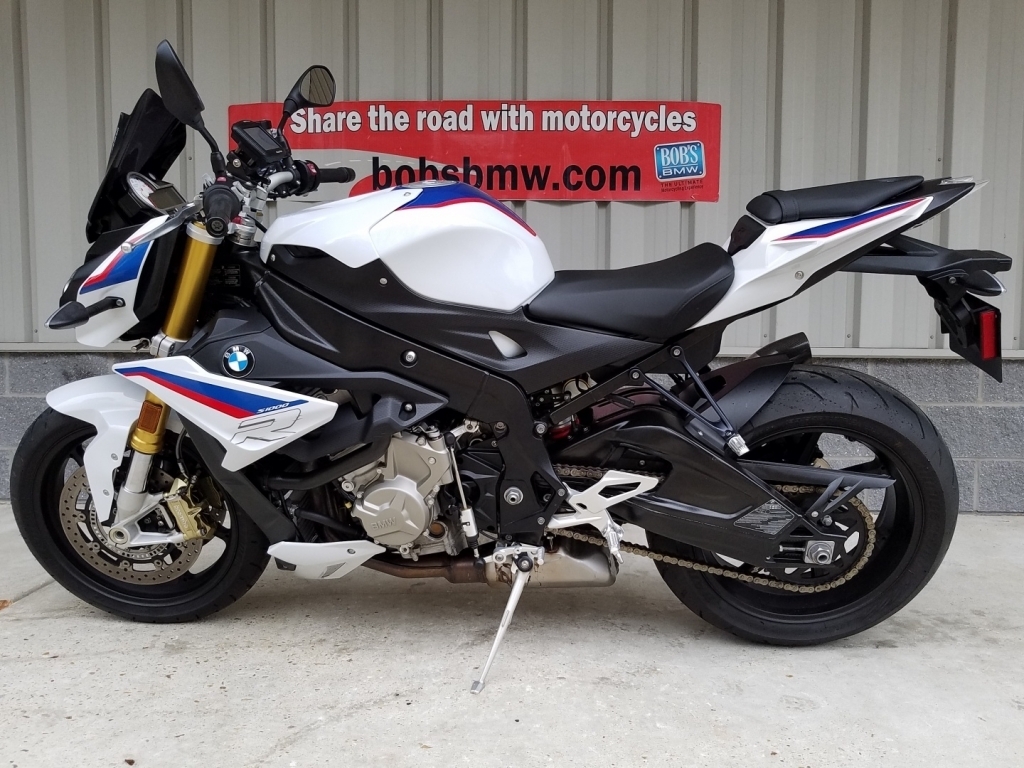2025 BMW S1000RR Specs, Price, Pictures, & Rumors. The 2025 BMW S1000RR is what happens when government regulations ruin what is otherwise a good motorcycle. If you’ve been paying attention to the S 1000 RR (Yes, that’s its technical name, with spaces between letters and numbers. I’m scrunching them altogether from here on out.), you’re already aware it’s been available in Europe for some time as a 2019 model year– and the reviews are raving.
Now it’s slowly trickling into US dealers as a 2025 model, and this review won’t be quite as amazing– and it’s not entirely BMW’s fault. I wasn’t sure why there was a discrepancy, but after talking with some other journos who have ridden the European version, I think I know why. More on that later.
On paper at least, the 2025 BMW S1000RR has all the right upgrades a full makeover, 10 years in the making, deserves. The asymmetrical headlights are gone! While half the room is rejoicing (myself included), others are surely crying.
Alas, time and fashion ultimately move on, and from the outset of the redesign, S1000RR global brand ambassador Nate Kern, says BMW had two goals: to make the new model at least one second faster than the old bike around any racetrack and to lose 25 pounds. It’s interesting to note that a bump in power wasn’t a specific target, but in these days of Ducati Panigale V4s and Aprilia RSV4 1100s, maybe that’s just a given. Of course, simply bumping power is one thing– making more usable power is another.
Let’s get straight to it: BMW did a masterful job in its complete revamp of the S1000RR engine. Nothing has been carried over from before other than the inline-Four cylinder configuration. Engine specs are basically what you ‘d expect from a literbike of this caliber: 80mm x 49.7 mm bore and stroke, four titanium valves per cylinder, DOHC, and a 13.3:1 compression ratio.
For reference, the Ducati Panigale V4 R measures 81mm x 48.4 mm (for a 998cc displacement) with a 14.0:1 compression ratio. To take another inline-Four as an example, Kawasaki’s ZX-10RR measures 76.0 mm x 55.0 mm (also equaling 998cc displacement) with 13.0:1 compression. BMW’s highly oversquare engine can hit a rev ceiling of 14,600 rpm. Despite the Kawasaki’s longer stroke, it can still spin to 14,800 rpm, while Ducati has employed some kind of wizardry to get its V4R to fly to 16,000 rpm.
Back to the BMW; in the interest of lightness, things like the oil/water pumps are integrated, and the ram air funnels are plastic instead of cast aluminum. If that wasn’t enough, even the intake valves are hollow! The result, says BMW, is a peak of 205 hp and 83 lb-ft of torque in an engine that’s 0.5-inch narrower– and 8.8 lbs lighter– than before.
The good news is it’s nearly nine pounds lighter than before and makes a broad spread of power. The bad news is it’s choked below 6,000 rpm and really buzzy, too.
Those are all staggering figures in their own right, but the most practical improvement the new engine has over the old is the addition of BMW’s Shiftcam Technology, otherwise more commonly known as variable valve timing. The technology isn’t new, but it’s the first time it has been used on the S1000RR. Our own Dennis Chung gives a good explanation of the tech here. While the engine in the explanation is BMW’s 1254cc Boxer Twin, the concept is the same.
I’ll assume you already know the advantage of variable valve timing– a broader spread of torque without sacrificing peak power– and in the case of the S1000RR, the result is at least 74 lb-ft of torque available from as low as 5,500 rpm. Considering the engine spins to 14,600 rpm, that much torque within a 9,000 rpm window is simply awesome.
Love’em or hate’em, the asymmetrical headlights are no more. In the name of lightness, the ram-air duct is plastic instead of aluminum, and even fairing thickness is thinner than before.
Or at least it would be awesome if the ECU allowed the engine to produce its power like BMW engineers meant it to be delivered. In the case of the US models, we were lucky enough to flog around Barber Motorsports Park, cracking on the throttle in second gear upon corner exit delivered a noticeable disconnect between right hand and rear wheel.
At first, I attributed this noticeable bog in power as the six-axis IMU telling the lean-sensitive traction control to kick in and save my bacon, confirmed by noticing the TC warning light on the dash flashing wildly. As the day went on, and TC levels became less restrictive, the light went away (meaning TC was no longer stepping in) but power never returned. Instead, there was an ever-present flat spot until around 6,000 rpm, when BMW’s Shiftcam Technology was allowed to take over, unencumbered, and deliver a wallop of power all the way to redline.
Why is this? At risk of losing their jobs, BMW reps understandably didn’t want to negatively comment on the record about their halo bike. The assembled journos, especially those who had ridden the European model– which they say doesn’t behave this way– stepped in and came to the only logical conclusion we could think of: EPA/DOT sound regulations forced the US S1000RR to be tuned differently to meet the standards, this despite the fact the S1000 is already Euro5 compliant.
In effect, the BMW’s secondary butterflies are electronically told to stay closed through the range the EPA test is performed. Once past that point, all hell can break loose again. Let’s just say, when presented with this hypothesis, BMW didn’t try to correct us.


